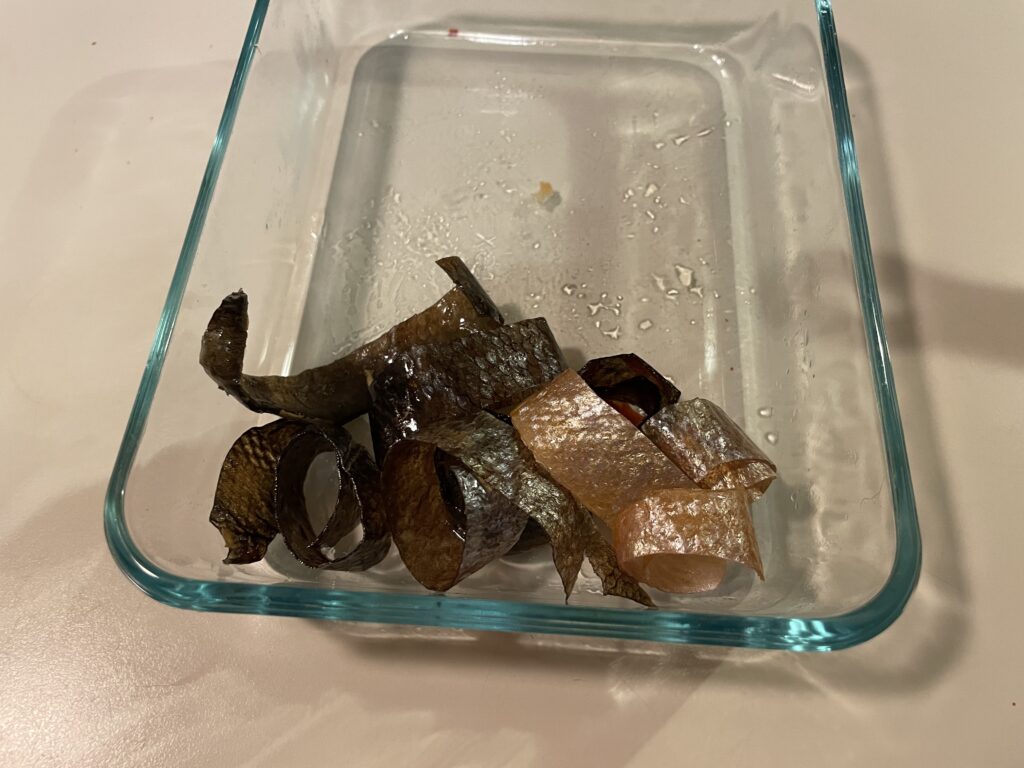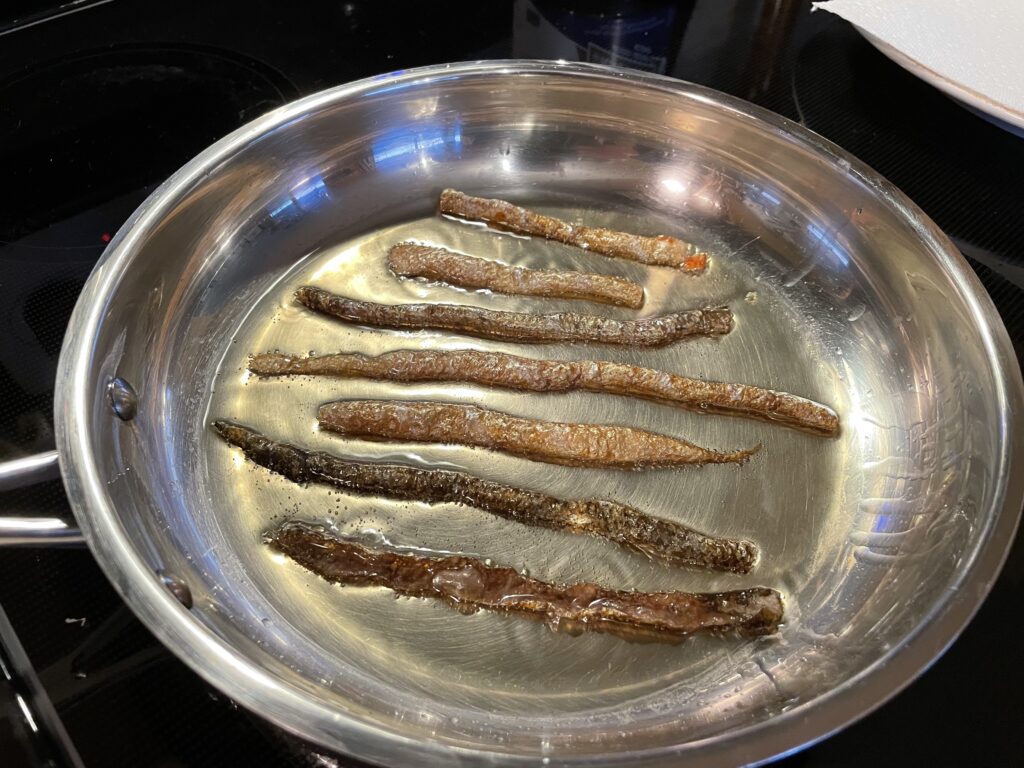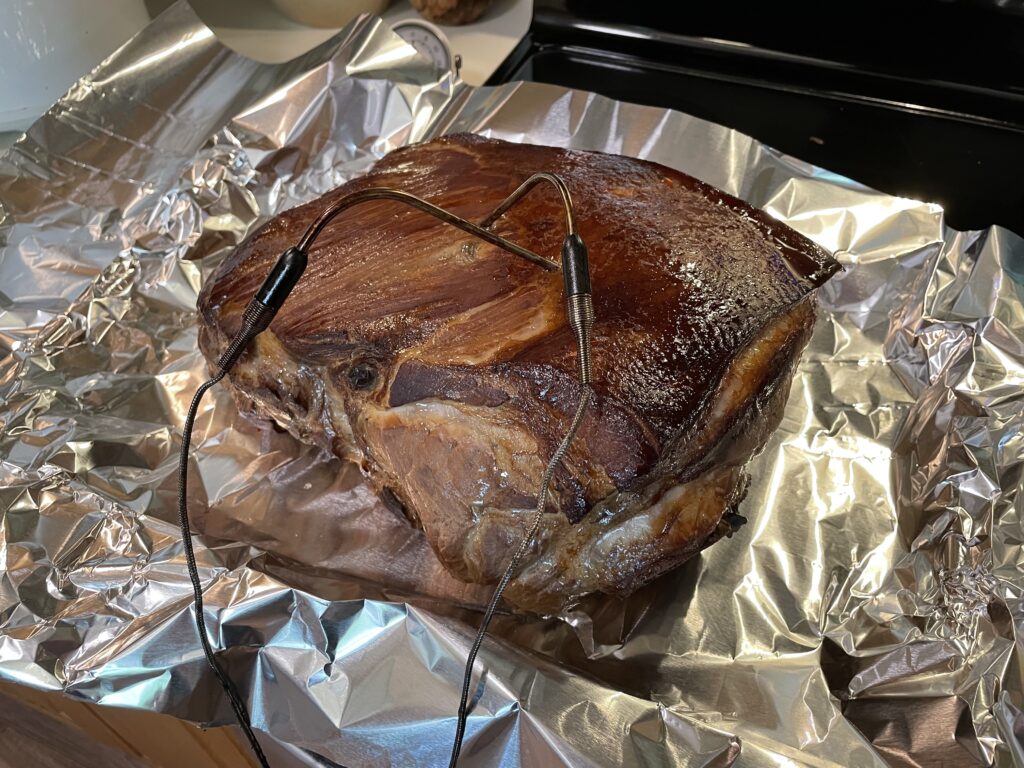For eclipse day I smoked pork shoulder again. Actually I smoked two. When done right, it’s a nice cheap way to make lots a tasty food, which is essentially the origin of BBQ.
But this time, perchance partially by accident (the meat thermometer malfunctioned and stopped giving readings until I reset it) and partially by intent (the meat reached 160 at 3:30AM and I didn’t want to wrap it at the time), I managed to improve upon the recipe. I will therefore document the changes for my own future reference.
Changes in bold:
- Brine meat for a minimum of
12 hours24 hours. Just a standard salt and sugar brine here – nothing fancy needed. The flavor will come later. Place meat unwrapped in smoker cold – both meat and smoker. No preheating.Place cold meat unwrapped in preheated smoker at 250.- Smoke at 170 –
200225 degrees until internal meat temperature reads 160. Temperature is based on preference – colder smoking gives more contact time with smoke and therefore has a more smoky taste. Also I like cherry wood for pork so far. - Reduce temperature to 150 and hold for 5 hours. This will be too cold to generate smoke so there’s no need to add additional wood during this time.
- Pull the meat
at 160(at this point, much of the water and most of the fat will have rendered out, and the collagen will start to liquefy, which you want to stay in the meat). Cover with rub. My rub base is ketchup, mustard, apple cider vinegar, and brown sugar. As a self-proclaimed pitmaster though, I won’t tell you my spice mix. But I will tell you that the rub shouldn’t taste very good on its own (like a marinade). If it makes you wince, you’re good to go. - Wrap meat tightly in aluminum foil. I prefer to remove the thermometer probes first and then punch through the foil. It’s easier, and creates a tighter seal.
- Put the meat back in the smoker and cook at 275 until the internal meat temperature reads 205. This is the stage at which most of the collagen is liquefied. The next day’s leftovers will be a mass of meat and gelatin, which indicates successful collagen breakdown. This is good, even if it doesn’t look like it. Wiggle wiggle.
- Place the meat, still wrapped and with meat probes, in a cooler. There’s no real reason to rest it as you would a steak, since the collagen isn’t significantly redistributing as water would. But resting it at this point will allow the collagen to continue to liquefy if any hasn’t yet, and it will gradually cool to a touchable temperature for pulling. More importantly though, this gives you a buffer by which you can finish smoking prior to dinner and time the preparation of side dishes. You could technically wait as long as you want until the temperature hits 140, at which point you’ll be in THE DANGER ZONE! OOOOOOOO!
- Shred, stuff in face, and wait for your well-deserved adoration.
The changes resulted in an even juicier and tender chuck o’ flesh. The extended low temp time definitely added to collagen liquefaction, and the longer brine made for greater juice retention.
This is now documented for my future use! Huzzah!
–Simon






